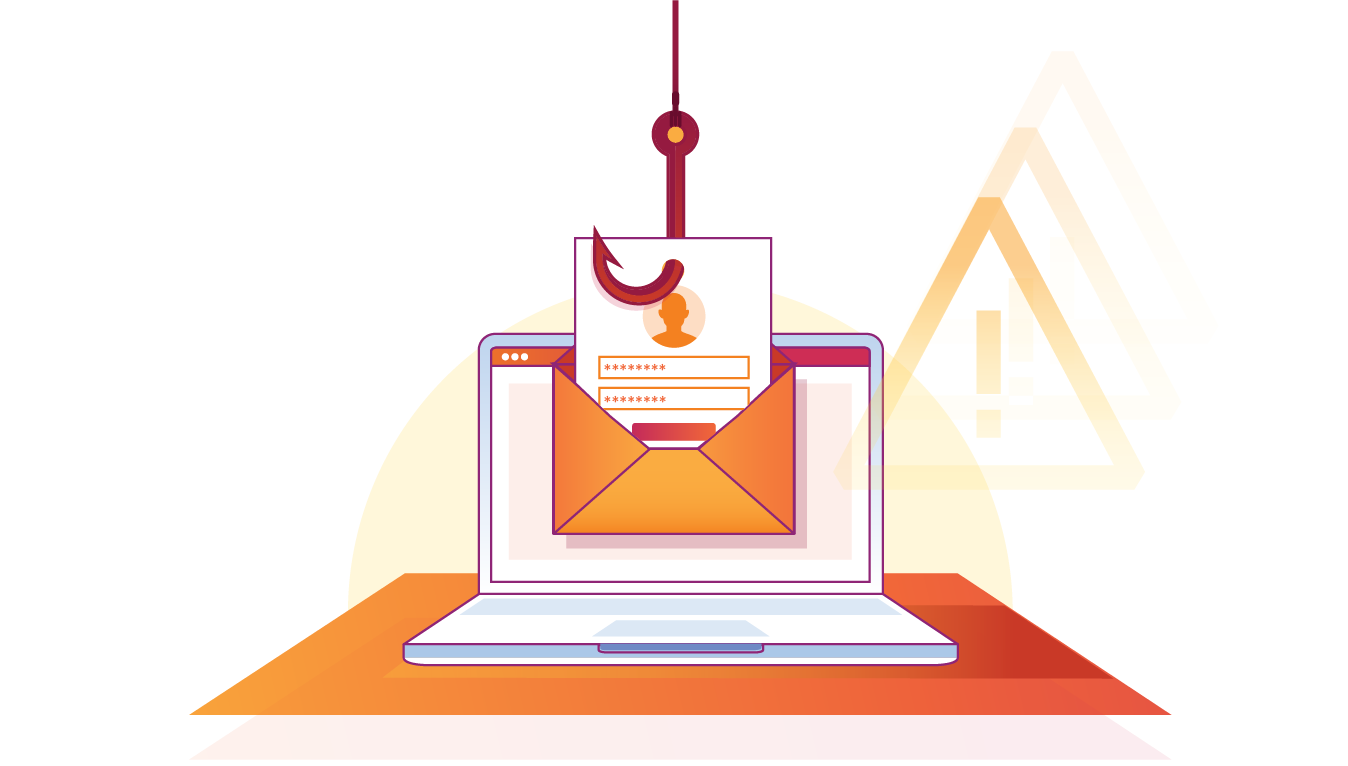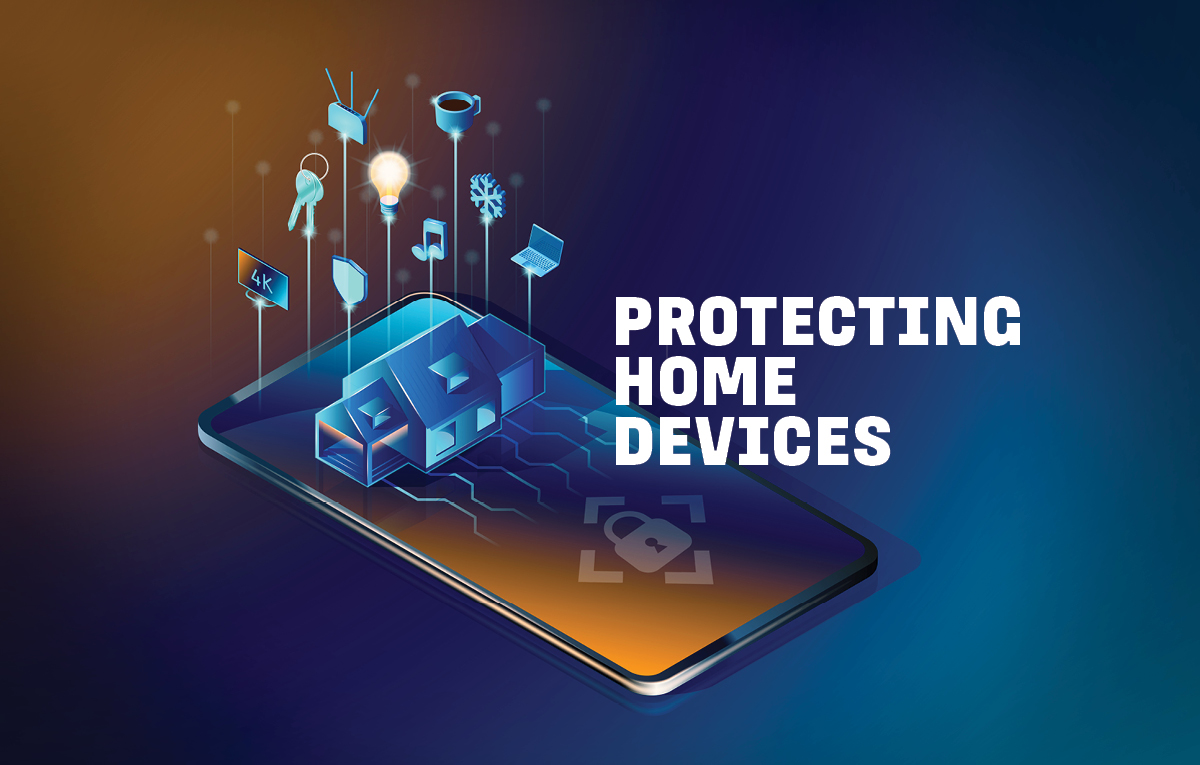justineanweiler.com – As the internet continues to evolve, so do the tactics of cybercriminals. Phishing, ransomware, and other cyber threats are becoming more sophisticated, targeting individuals, businesses, and even governments. Staying informed about these threats is crucial to protecting your personal and financial information. Here’s an overview of these dangers and how you can safeguard yourself in the digital world.
Understanding Cyber Threats
1. Phishing
Phishing involves tricking victims into revealing sensitive information, such as usernames, passwords, or financial details. Cybercriminals often pose as legitimate organizations or trusted individuals and use fake emails, websites, or messages to deceive their targets.
- Common Signs of Phishing:
- Unexpected emails requesting personal information.
- Generic greetings like “Dear Customer.”
- Suspicious links or attachments.
- Spelling and grammatical errors in communication.
2. Ransomware
Ransomware is malicious software designed to encrypt your data and demand payment in exchange for the decryption key. Victims are often left with the choice of paying the ransom (with no guarantee of recovery) or losing access to their files.
- How Ransomware Spreads:
- Clicking on malicious links or email attachments.
- Visiting compromised websites.
- Exploitation of outdated software vulnerabilities.
3. Other Cyber Threats
- Malware: Viruses, trojans, and spyware designed to harm devices or steal data.
- Social Engineering: Manipulating individuals into giving up confidential information.
- Credential Stuffing: Using stolen login details from one breach to access other accounts.
- Man-in-the-Middle (MITM) Attacks: Intercepting communications between users to steal data.
How to Stay Protected
1. Learn to Spot Phishing Attempts
- Verify the sender’s email address before clicking on links or downloading attachments.
- Hover over links to check their destination URL before clicking.
- Be cautious of urgent or threatening messages pressuring you to act quickly.
2. Back Up Your Data Regularly
- Create secure backups of important files on an external drive or cloud service.
- Ensure backups are not connected to your network to prevent ransomware from spreading.
3. Keep Software Updated
- Regularly update your operating system, browsers, and applications to patch vulnerabilities.
- Enable automatic updates where possible.
4. Use Strong Security Tools
- Install reputable antivirus and anti-malware software.
- Use a firewall to block unauthorized access to your network.
- Consider using a Virtual Private Network (VPN) for added privacy.
5. Enable Multi-Factor Authentication (MFA)
- MFA adds an extra layer of security to your accounts, requiring both a password and a second verification step (e.g., a code sent to your phone).
6. Be Cautious with Links and Attachments
- Avoid clicking on links or downloading attachments from unknown or suspicious sources.
- Double-check URLs for typosquatting (e.g., “paypa1.com” instead of “paypal.com”).
7. Educate Yourself and Others
- Stay updated on new cyber threats by following trusted security blogs and news sources.
- Share knowledge with family and coworkers to promote safe online behavior.
What to Do If You’re a Victim
- Phishing: Change your passwords immediately if you’ve shared them. Monitor your accounts for suspicious activity.
- Ransomware: Disconnect the infected device from your network and report the attack to authorities. Avoid paying the ransom as it encourages further attacks.
- Other Threats: Run a full antivirus scan and seek professional help if necessary.
Conclusion
Cyber threats like phishing, ransomware, and malware are not going away anytime soon. However, by staying informed and adopting proactive measures, you can significantly reduce your risk. Cybersecurity is a shared responsibility—protecting yourself also helps safeguard the broader online community. Stay vigilant, stay updated, and stay secure.





